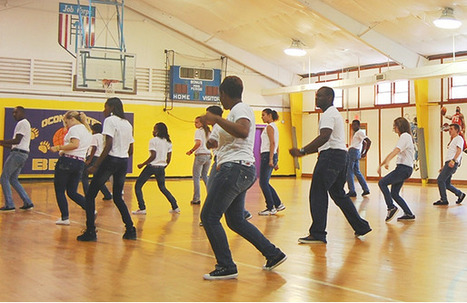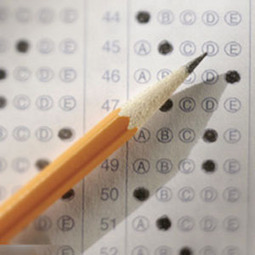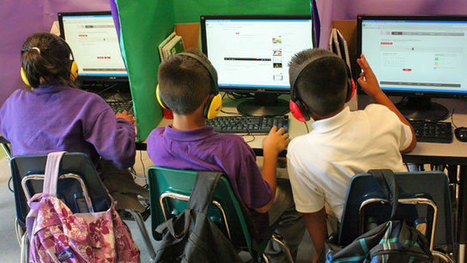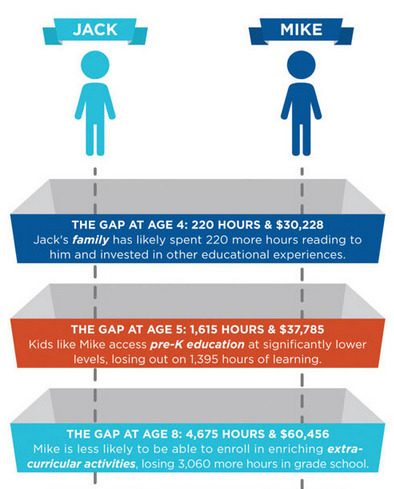Helping every student experience meaningful, deep learning is a constant challenge, in no small part because no two learners are alike. To reach students who are particularly challenged -- whether because of their ability to speak English or some other reason -- educators can find a way in by tapping into students' interests and passion.
Research and publish the best content.
Get Started for FREE
Sign up with Facebook Sign up with X
I don't have a Facebook or a X account
Already have an account: Login
Tech tools that assist all students to be independent learners & teachers to become better teachers
Curated by
Beth Dichter
 Your new post is loading... Your new post is loading...
 Your new post is loading... Your new post is loading...

Progressive training's curator insight,
June 17, 2014 11:30 AM
Can Exercise Close the Achievement Gap? |
|


















How do we get our students to do deeper learning? One way it to find our what our students are passionate about, allowing them to connect their personal life to their academic life.
The post discusses challenges that of English language learners, yet the ideas apply to all of our students. Three sections provide suggestions:
* Creating Structures for Success
* Teacher Grouping
* School Structures to Promote Success
There are many quotes I could choose to share. This is the one I have chosen:
'“The first thing that comes to mind for me is changing students’ perceptions of themselves so they don’t see themselves as unable to learn...If they are thinking about themselves as students who are exercising that muscle, the brain, then it changes their perception of themselves.”